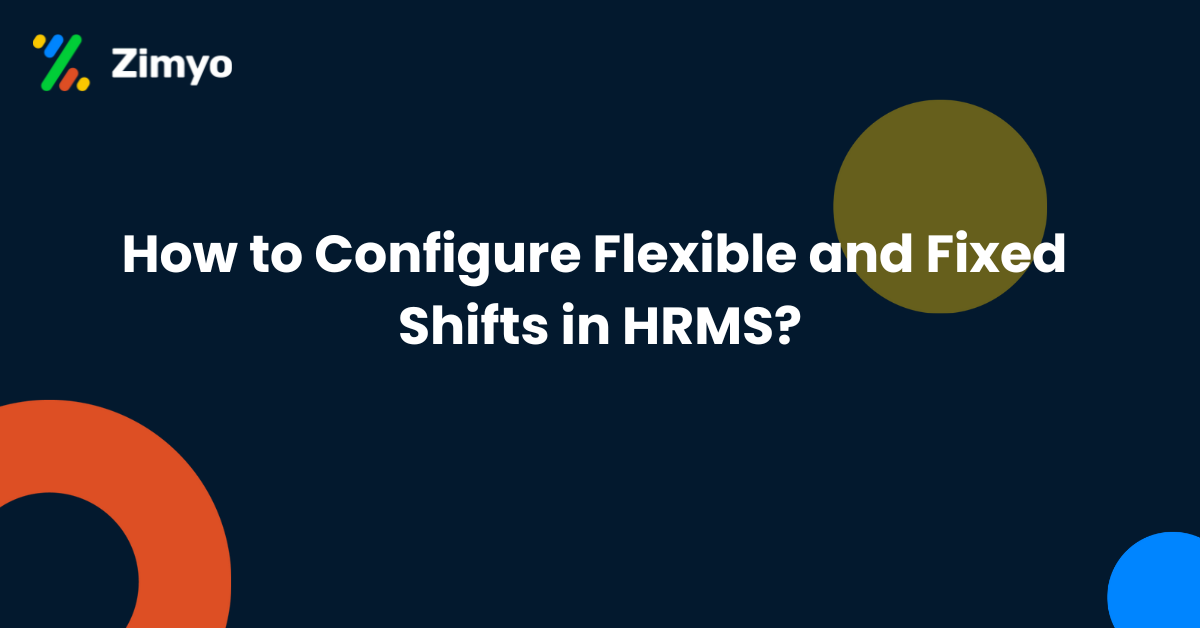
How to configure flexible and fixed shifts in HRMS?
As more and more businesses are scaling up, the need for workforce management has become more crucial than ever. After all, it is employees that
As more and more businesses are scaling up, the need for workforce management has become more crucial than ever. After all, it is employees that make an organization profitable. Therefore, it becomes essential to ensure that your employees are always happy and satisfied. This becomes even more pivotal for organizations that are operating beyond the traditional working time of 9 to 5. For such organizations, the concept of employee shift management becomes essential.
Recently, more and more businesses are implementing shift management to run their daily operations smoothly. However, manually managing this process can result in delays and inaccuracies. The shift scheduling system is an excellent way to overcome this challenge. The shift scheduling management simplifies the shift scheduling process and allows employees to stay organized. Here’s how to leverage Zimyo Shift Scheduler to manage your workforce and boost your organization’s growth.
Configuring Employee Shifts in Zimyo HRMS is simple. The admin can go directly to the shift setting by clicking on Calendar from the admin dashboard. The admin can click on “Create New” to configure the shift policy for their company. In Zimyo, admins can create fixed and flexible shifts according to their company’s policies. Additionally, you can also set other configurations like minimum shift hours for half day, late arrival rules, and more. Overall, Zimyo offers a comprehensive system to streamline your employee’s shift management, leave management, and payroll management process.
Overall, we can say that implementing shift scheduling in HRMS brings numerous benefits to organizations. From planning workforce allocation to reduced scheduling errors, organizations can manage their employee shifts more effectively by using HRMS software. The system enables the business owners to save money and balance the shift timings of employees in the organization. As a result, the employees stay engaged and productive.

As more and more businesses are scaling up, the need for workforce management has become more crucial than ever. After all, it is employees that
“I was able to implement the platform on my own. It helps in assigning the tasks to other employees, conducting surveys & polls & much more. The ease of use & self-onboarding is something that I would like to appreciate.”


